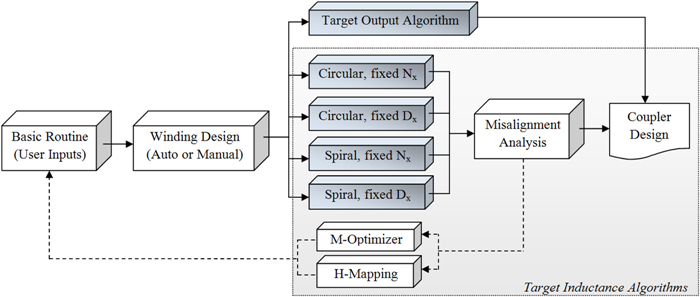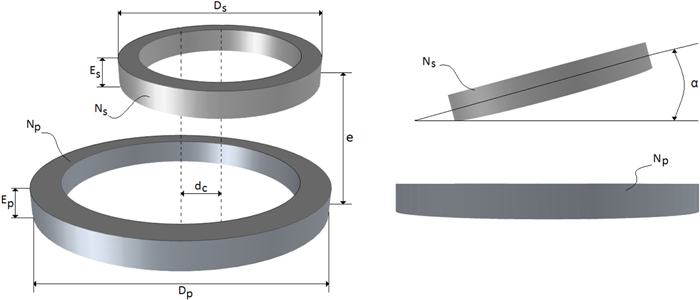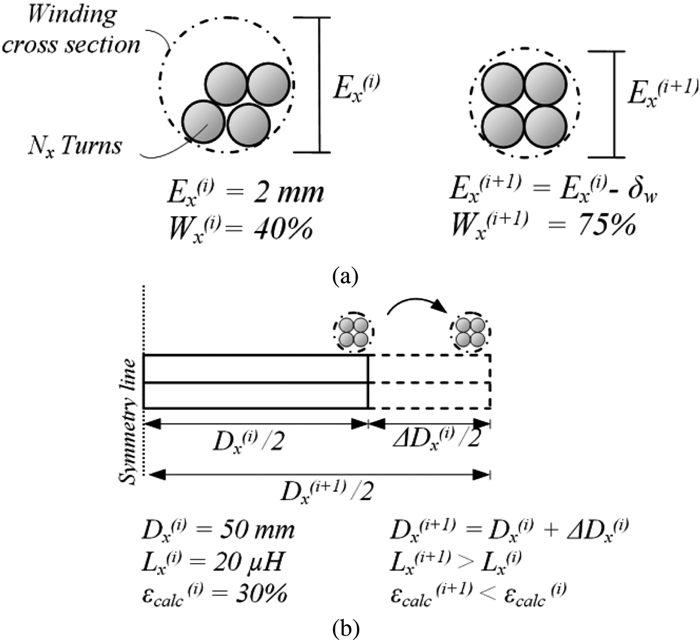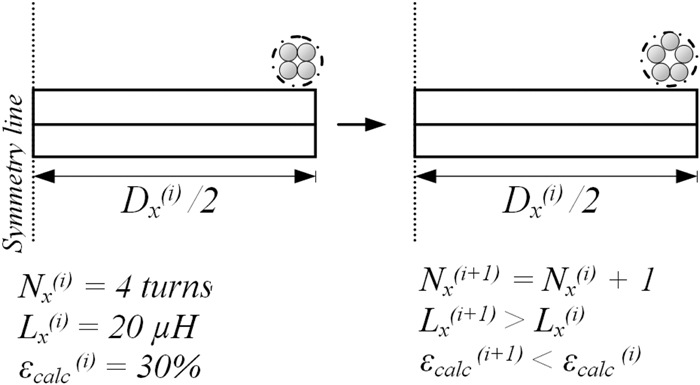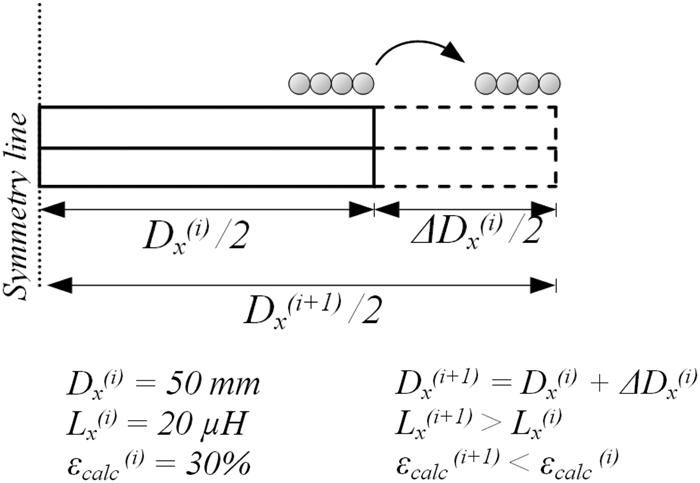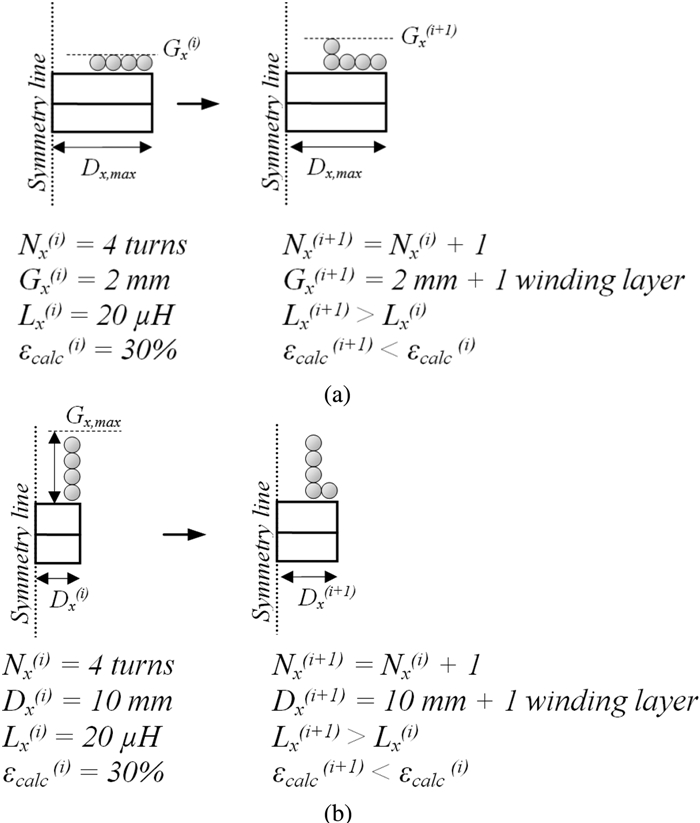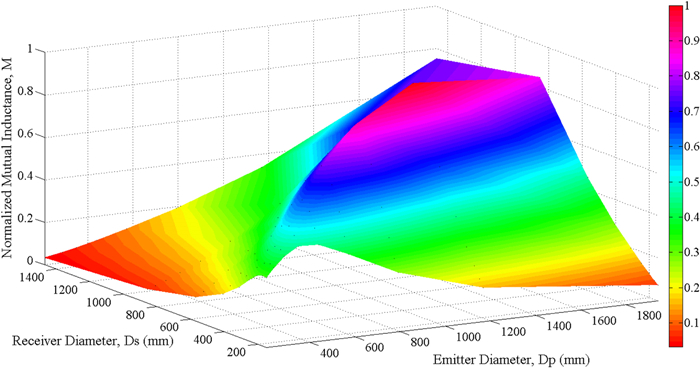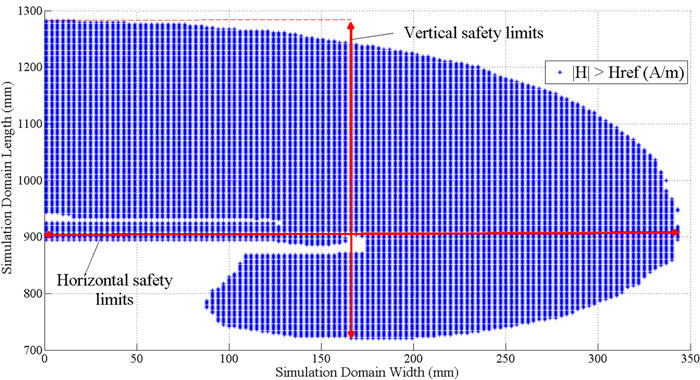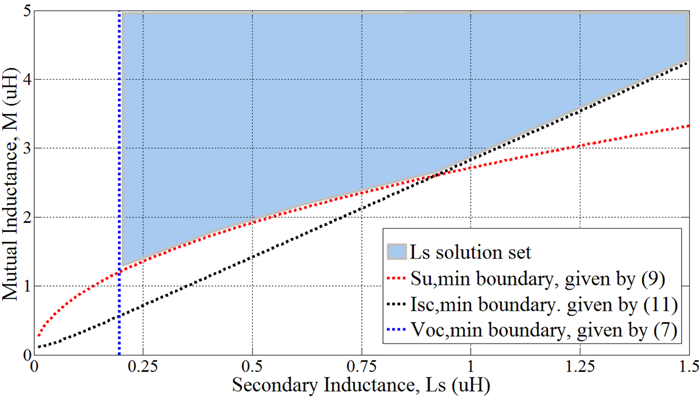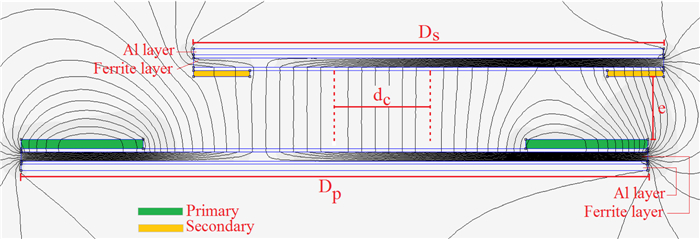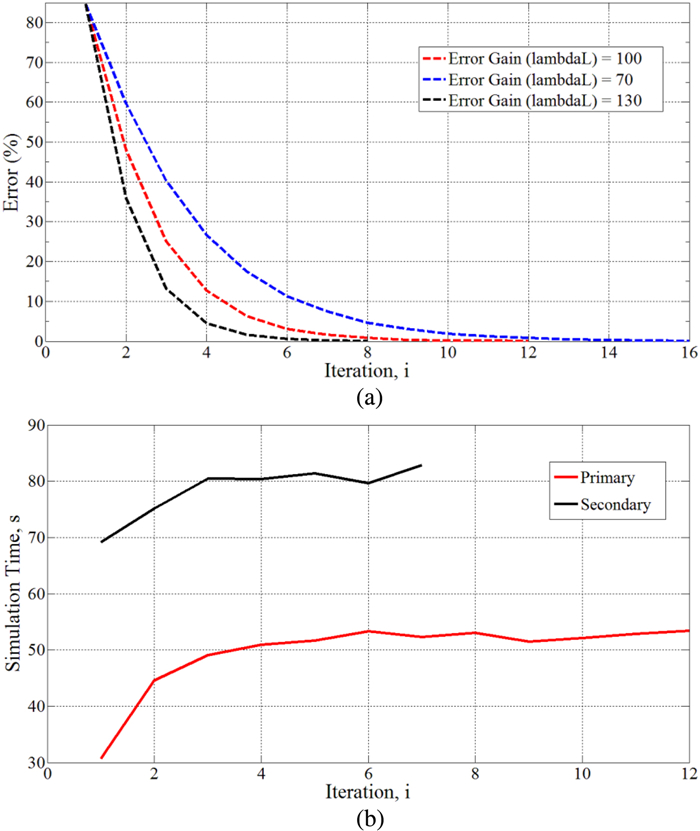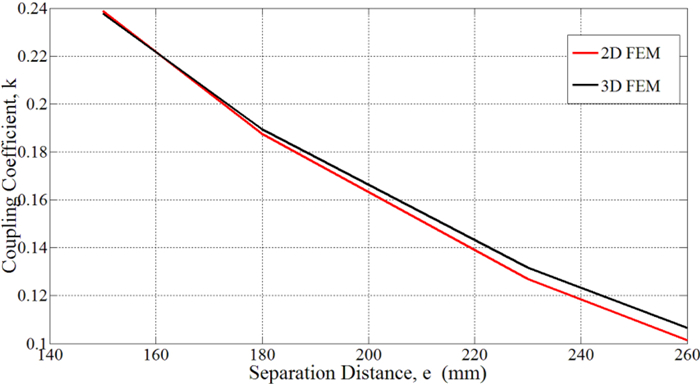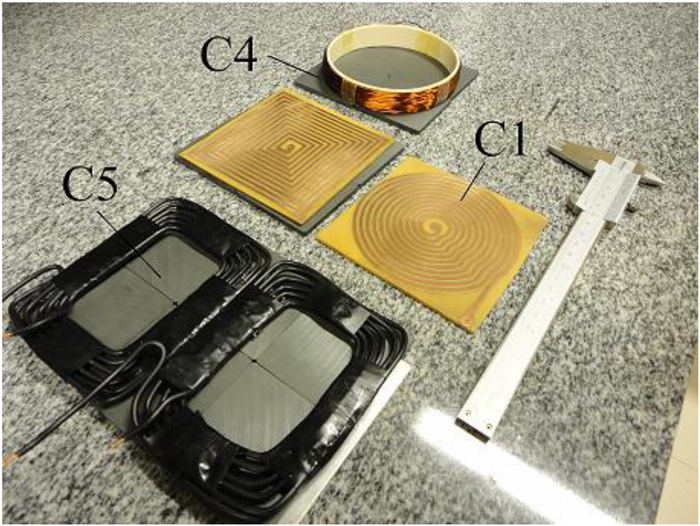-
About this article
Cite this article
Fernandes RC, De Oliveira AA. 2015. Exhaustive algorithms applied to the design of inductive power transfer couplers. Wireless Power Transfer 2(2): 107–120 doi: 10.1017/wpt.2015.7
Exhaustive algorithms applied to the design of inductive power transfer couplers
Abstract: The design of magnetic couplers for inductive power transfer has probably become the major challenge for those who wish to enter this promising research field. The number of variables that determine physical dimensions of a coupler is typically too high to allow analytical (exact) solutions in practical time when realistic magnetic materials are to be included. Thus, this paper suggests and describes a series of algorithms based on the finite element method (FEM) able to convert basic inputs (target inductances, primary current, frequency, and mechanical restrictions) into a geometric solution that satisfies user-defined targets for uncompensated power, open-circuit voltage, and short-circuit current. Advantages of these algorithms when compared with other existing design methods are: simplicity in terms of structure at the same time that require minimum user intervention to complete a full design; do not rely in expensive finite element solvers; user does not require previous background in FEM formulation. Experimental results show that the proposed design method based on two-dimensional FEM has errors of <8% when compared with three-dimensional FEM and can perform iterations in seconds. It is expected that the proposed routines encourage and provide design insights for practitioners, enthusiasts, and non-specialized engineers.
-
Key words:
- Couplers /
- Design algorithm /
- Finite element method /
- Inductive power transfer /
- Magnetic design









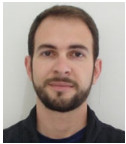 Rodolfo Castanho Fernandes was born in 1986. He graduated in electrical engineering from Univ. Estadual Paulista (UNESP), Ilha Solteira, SP, in 2008. He obtained the MSc. degree in power electronics in 2010 from the same institution. Currently, he is working towards the PhD. degree in dynamical systems at Escola de Engenharia de São Carlos, Universidade de São Paulo. Since 2010 he is with Brazilian heavy automotive industry where he is involved in research and development programs on heavy machinery automation, portable battery operated products and power converters. His research interests include multipulse rectifiers, active power factor correction techniques and wireless power transfer.
Rodolfo Castanho Fernandes was born in 1986. He graduated in electrical engineering from Univ. Estadual Paulista (UNESP), Ilha Solteira, SP, in 2008. He obtained the MSc. degree in power electronics in 2010 from the same institution. Currently, he is working towards the PhD. degree in dynamical systems at Escola de Engenharia de São Carlos, Universidade de São Paulo. Since 2010 he is with Brazilian heavy automotive industry where he is involved in research and development programs on heavy machinery automation, portable battery operated products and power converters. His research interests include multipulse rectifiers, active power factor correction techniques and wireless power transfer. 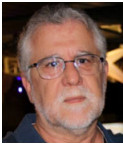 Azauri Albano de Oliveira Jr born in 07/23/1955 in Franca, state of São Paulo, Brazil. He is an electrical and electronic engineer (1977) from the São Carlos Engineering School (EESC) at the University of São Paulo (USP). He has a master's degree in electrical engineering (1984) from the EESC / USP and a PhD degree in Electrical Engineering (1991) from the Polytechnic School of USP. He is coordinator of the Power Electronics and Control Laboratory (LACEP) of the Electrical and Computer Engineering Department of EESC-USP and professor at the same department since 1978. His areas of interest are: power electronics, drive and control of electrical machines, inductive power transfer, active power filters and electrical engineering education
Azauri Albano de Oliveira Jr born in 07/23/1955 in Franca, state of São Paulo, Brazil. He is an electrical and electronic engineer (1977) from the São Carlos Engineering School (EESC) at the University of São Paulo (USP). He has a master's degree in electrical engineering (1984) from the EESC / USP and a PhD degree in Electrical Engineering (1991) from the Polytechnic School of USP. He is coordinator of the Power Electronics and Control Laboratory (LACEP) of the Electrical and Computer Engineering Department of EESC-USP and professor at the same department since 1978. His areas of interest are: power electronics, drive and control of electrical machines, inductive power transfer, active power filters and electrical engineering education 


